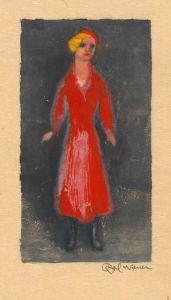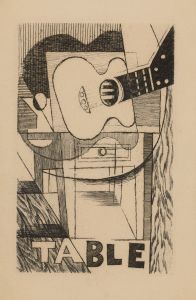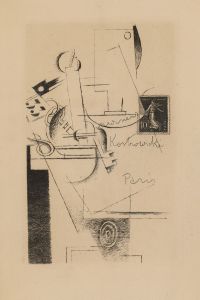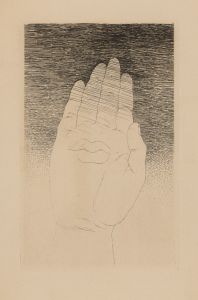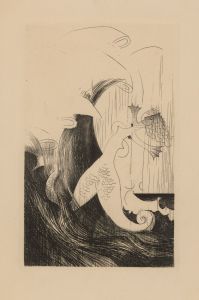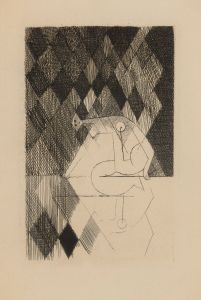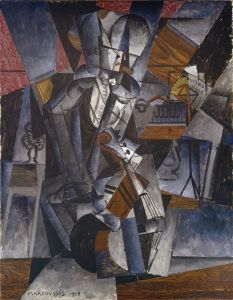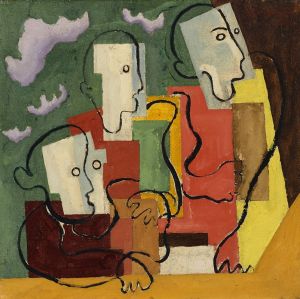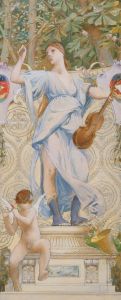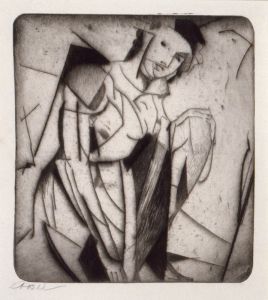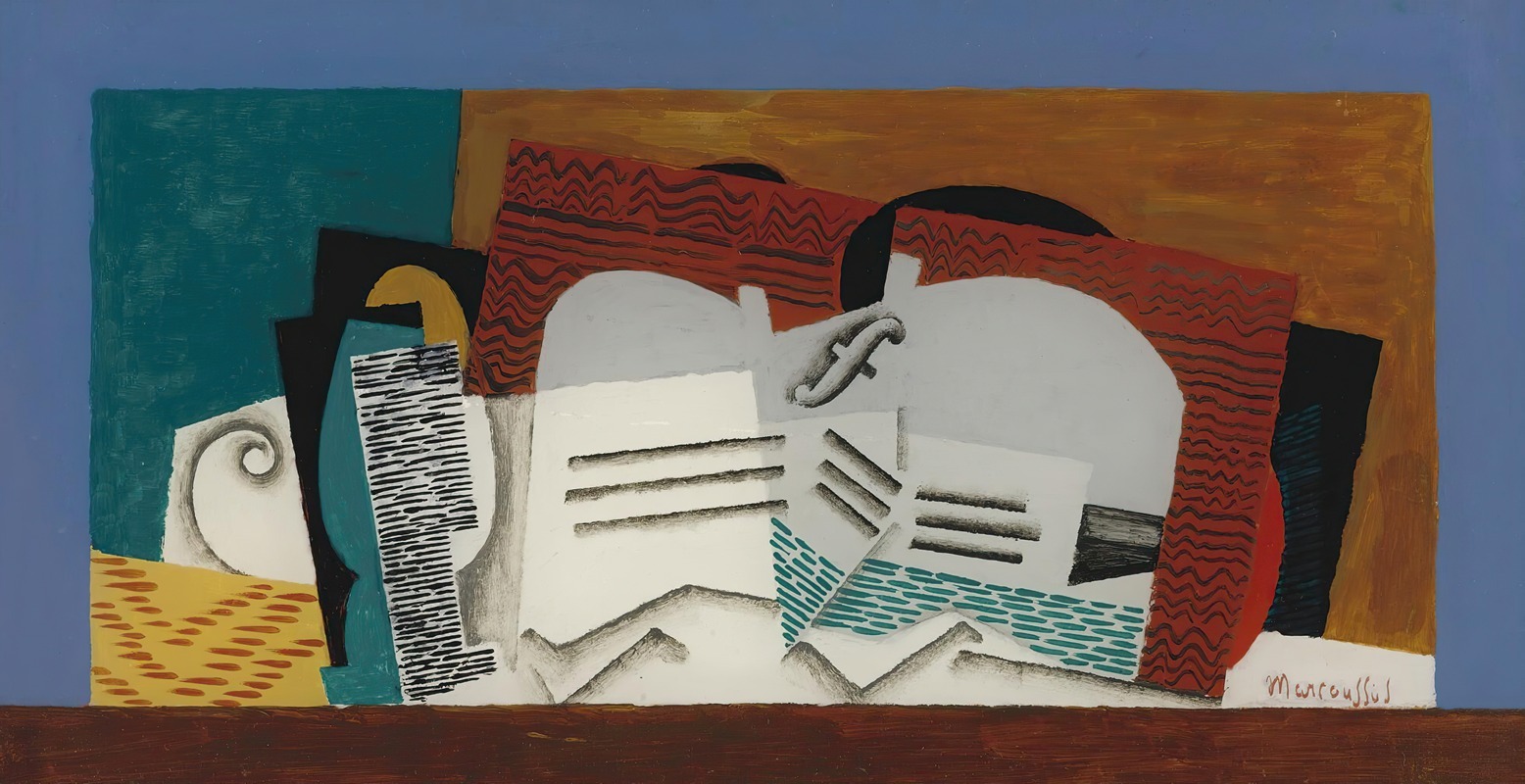
Verre Et Violon
A hand-painted replica of Louis Marcoussis’s masterpiece Verre Et Violon, meticulously crafted by professional artists to capture the true essence of the original. Each piece is created with museum-quality canvas and rare mineral pigments, carefully painted by experienced artists with delicate brushstrokes and rich, layered colors to perfectly recreate the texture of the original artwork. Unlike machine-printed reproductions, this hand-painted version brings the painting to life, infused with the artist’s emotions and skill in every stroke. Whether for personal collection or home decoration, it instantly elevates the artistic atmosphere of any space.
Louis Marcoussis (1878–1941) was a Polish-born French Cubist painter and engraver, known for his contributions to the Cubist movement in the early 20th century. One of his notable works, Verre et Violon (translated as "Glass and Violin"), exemplifies his mastery of Cubist techniques and his ability to synthesize complex compositions.
Verre et Violon is a still-life painting that reflects the principles of Cubism, a revolutionary art movement pioneered by Pablo Picasso and Georges Braque. The painting features fragmented and abstracted forms of a glass and a violin, two objects commonly depicted in Cubist art. Marcoussis employs a muted color palette, characteristic of the movement, with shades of brown, gray, and ochre dominating the composition. The overlapping planes and geometric shapes create a sense of depth and movement, inviting the viewer to engage with the artwork from multiple perspectives.
Marcoussis was deeply influenced by the Cubist movement during his time in Paris, where he became associated with leading artists of the era. He adopted the Cubist style in the 1910s and developed a unique approach that often incorporated elements of collage and text into his works. While Verre et Violon does not include textual elements, it demonstrates his skill in deconstructing objects and reassembling them into harmonious compositions.
The painting is an example of Synthetic Cubism, a later phase of the movement that emphasized the construction of images using simpler shapes and brighter colors compared to the earlier Analytical Cubism. In Verre et Violon, Marcoussis balances abstraction with recognizable forms, allowing viewers to identify the depicted objects while appreciating the innovative arrangement of shapes and lines.
Louis Marcoussis's work, including Verre et Violon, has been exhibited in major museums and galleries worldwide. His contributions to Cubism have earned him recognition as one of the movement's significant figures, although he remains less widely known than some of his contemporaries. Today, his paintings are celebrated for their technical precision, intellectual depth, and aesthetic appeal.
Further details about the specific creation date, provenance, or current location of Verre et Violon are not readily available in public records. However, the painting remains an important example of Marcoussis's artistic legacy and his role in the development of modern art.






